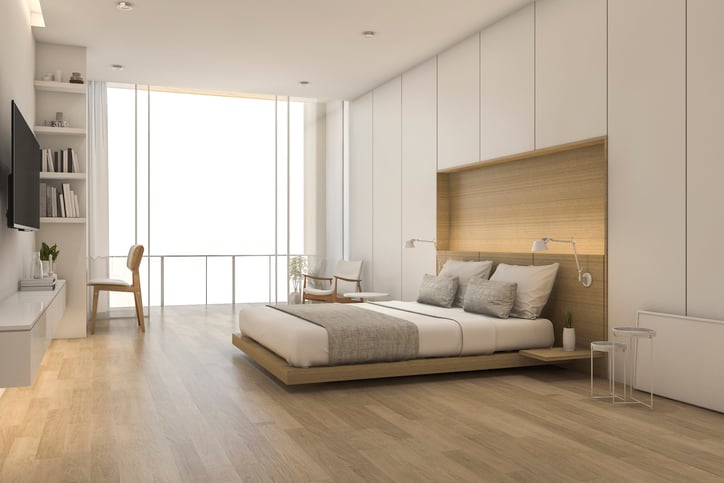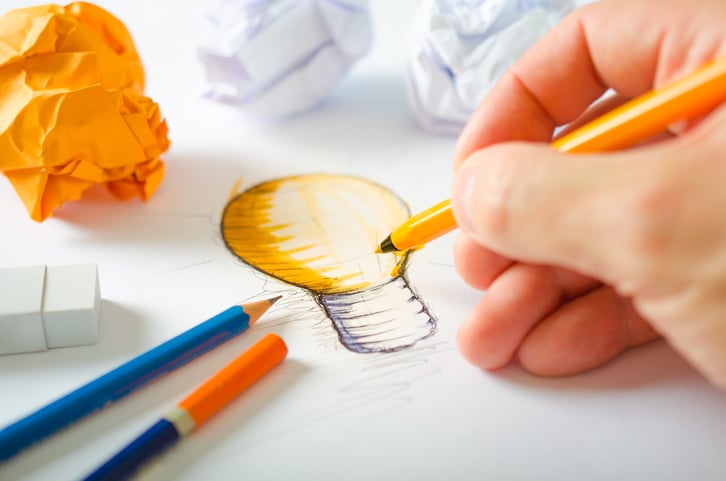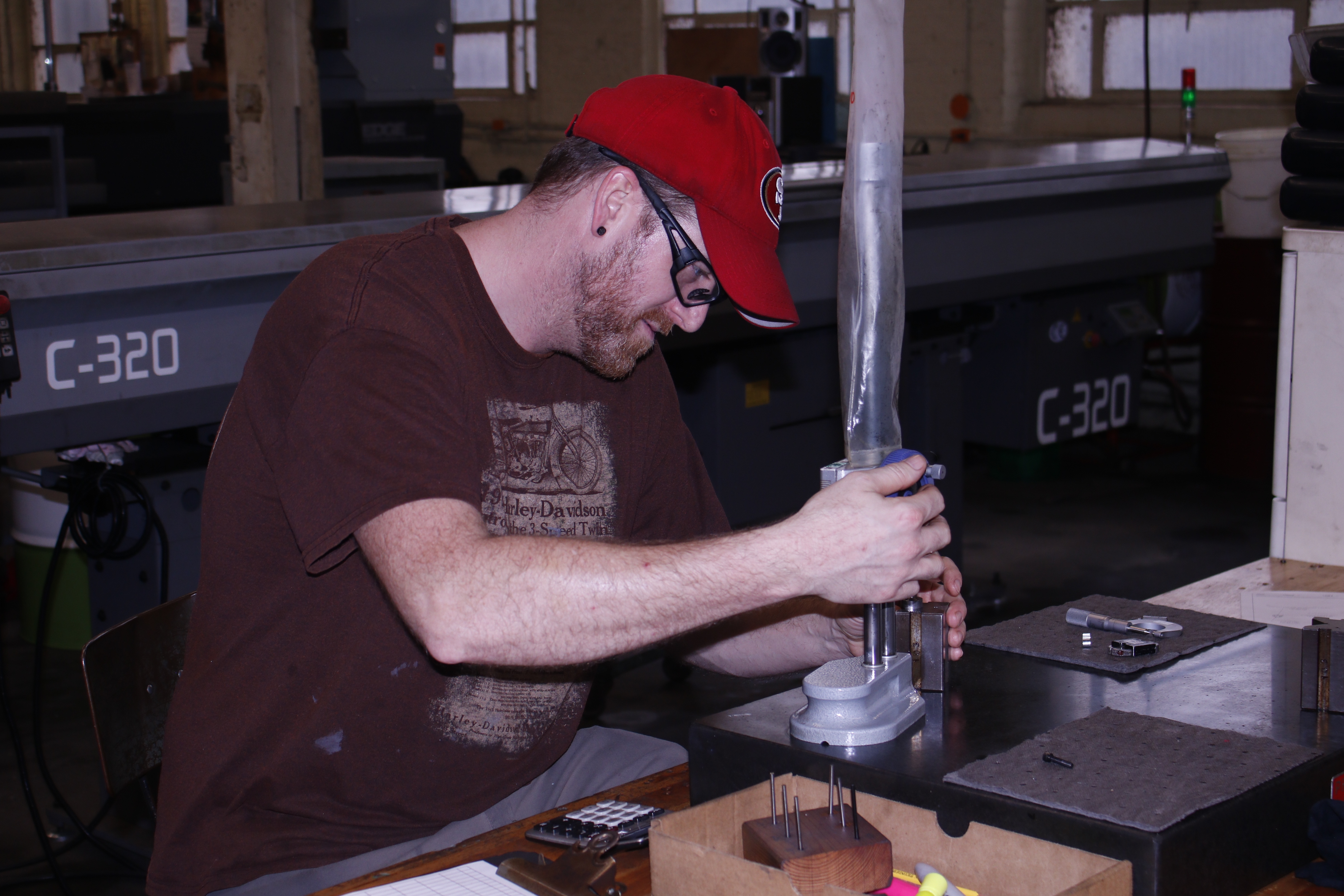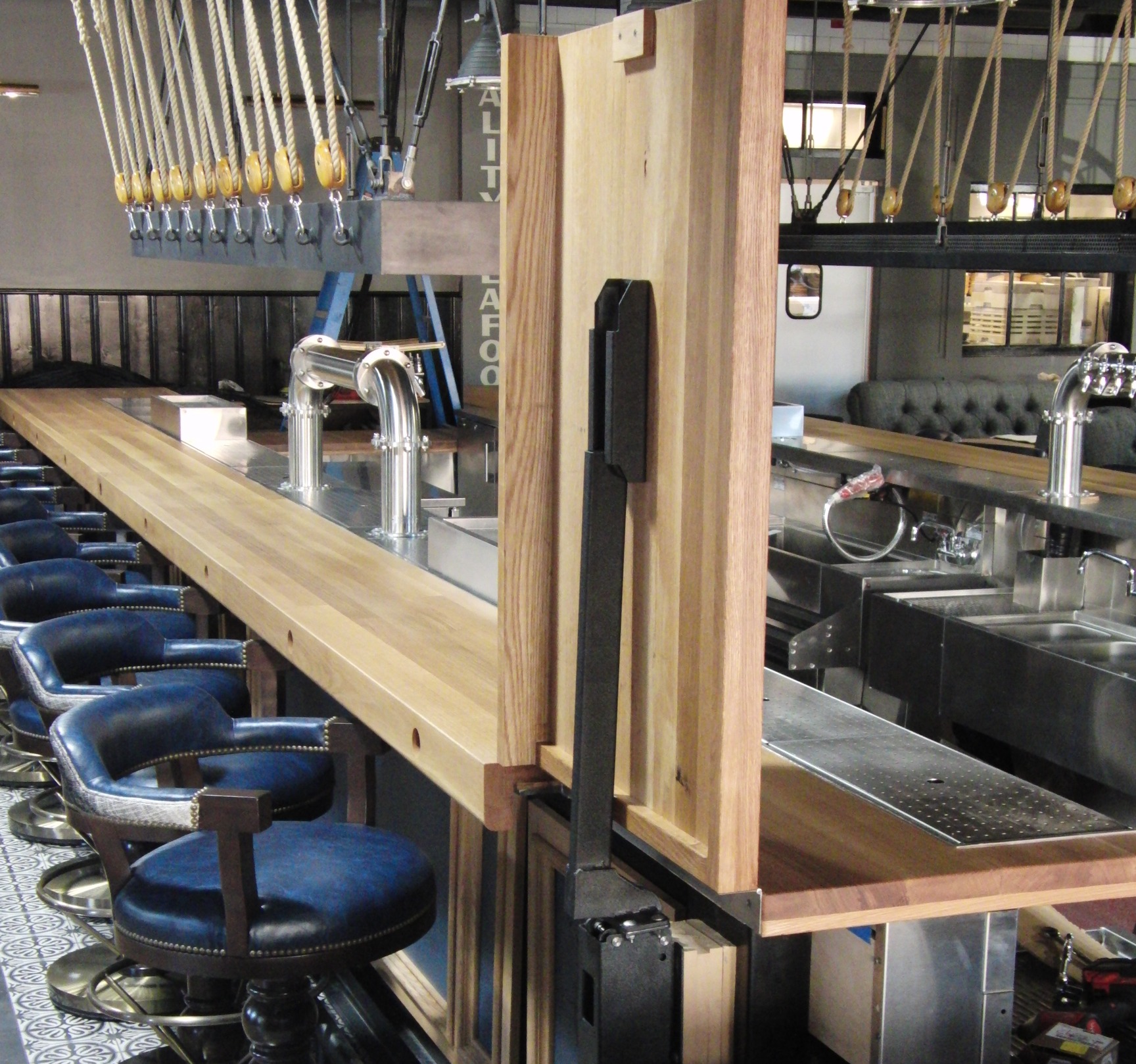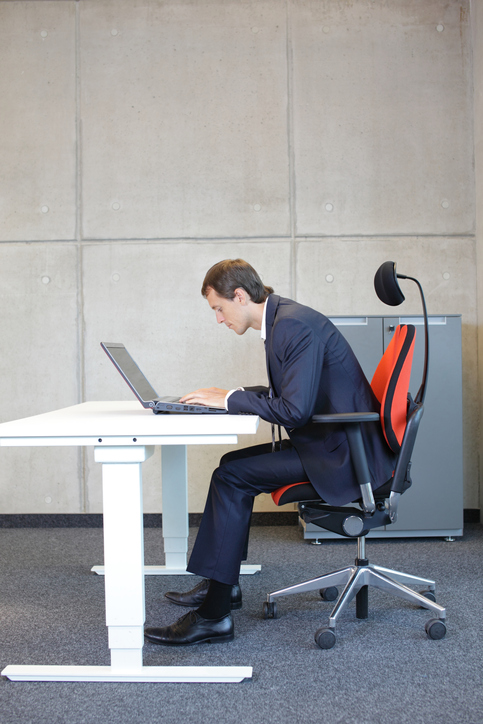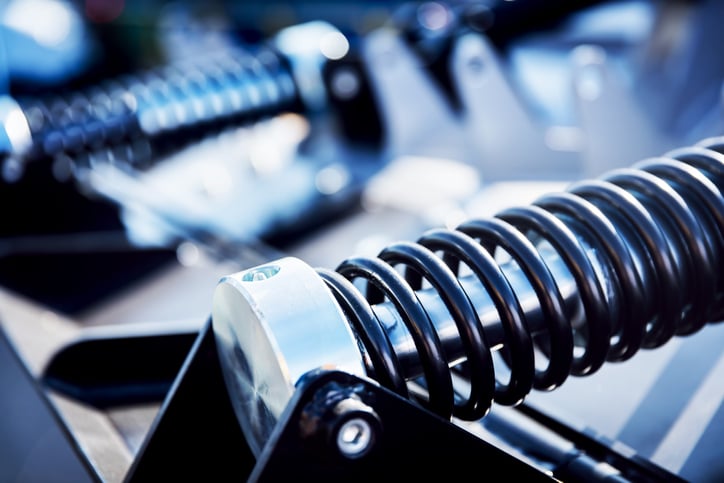No matter where you live, work, or play, there are hinges around. Cabinets, fridges, grills, cars, and airplanes all have hinges that we interact with on the day-to-day.
Boats in particular offer an interesting opportunity for implementing kinematic motion control, mechanical spring counterbalance, and spring assist technologies. Marine hinge design takes into account factors ordinary hinge design might not, including weather condition, humidity, and corrosion.
Read More
Topics:
Applications,
Ergonomics,
Motion Control,
Design,
Hinge,
Hinges,
Industrial,
Finishing,
Durability,
Manufacturing
Ask any hotel guest what one of the most important design considerations is for the room they stay in, and there’s a good chance they’ll say “cleanliness.”
Read More
Topics:
Applications,
Design,
Hinges,
Aesthetics,
Hospitality Furniture
A custom hinge manufacturer should not just be a simple assembly line -- it should be a full-fledged partner to your entire process.
Read More
Topics:
Counterbalances,
Motion Control,
Design,
Engineering,
Hinges,
Lid Support,
Smoker Grill
You’re an innovator who loves solving problems.
You have a mechanical aptitude and a drive to be creative.
You find challenges exhilarating.
If you find yourself nodding your head so far, we’d love to show you how your ingenuity and creativity can produce engineering solutions for ergonomic and motion control products.
Read More
Topics:
Design,
Engineering,
Manufacturing,
Employee Spotlight
If your goal is to reduce your carbon footprint, then investing in a tiny home is the way to go. This, along with lower heating and electricity costs, mean you can reduce your impact on the environment around you.
Read More
Topics:
Motion Control,
Design,
Counterbalance,
Hinges
Motion control has made a lot of tasks easier in a number of industries. New products incorporate counterbalance or spring-assist hinges to provide a new, improved solution to an old or long-standing problem. Weber Knapp offers a series of case studies to provide you with a better idea of the potential solutions to any hinge-related problems you may encounter.
Read More
Topics:
Motion Control,
Design,
Hinges,
Industrial,
kitchen
Motion and perceived quality are closely linked. When a lid, cover, or door moves smoothly with just the “right” amount of effort, users can tell it's a high quality product.
Read More
Topics:
Counterbalances,
Ergonomics,
Motion Control,
Design
When talking about today’s motion control solutions, engineers tend to think in terms of motors and cylinders. True, those can provide movement, but so can mechanical motion control, which has come a long way in terms of complexity and quality.
Read More
Topics:
Applications,
Motion Control,
Design,
Engineering
Ergonomics is a recognized factor in employee health, productivity and workplace safety. Facilities that do not budget for and pay attention to ergonomics see employees with repetitive stress injuries, distracted from their work, and less than thrilled to be there.
Read More
Topics:
Ergonomics,
Motion Control,
Design,
office equipment
Staff efficiency is improved when priority is given to ergonomics. For example, investing in an ergonomic keyboard means a typist can improve speed, cut back on mistakes and spend more time typing and less on breaks.
Read More
Topics:
Ergonomics,
Design,
Engineering,
Safety,
office equipment
.png?width=12000&height=2033&name=WeberKnappLogo_white%20(1).png)

